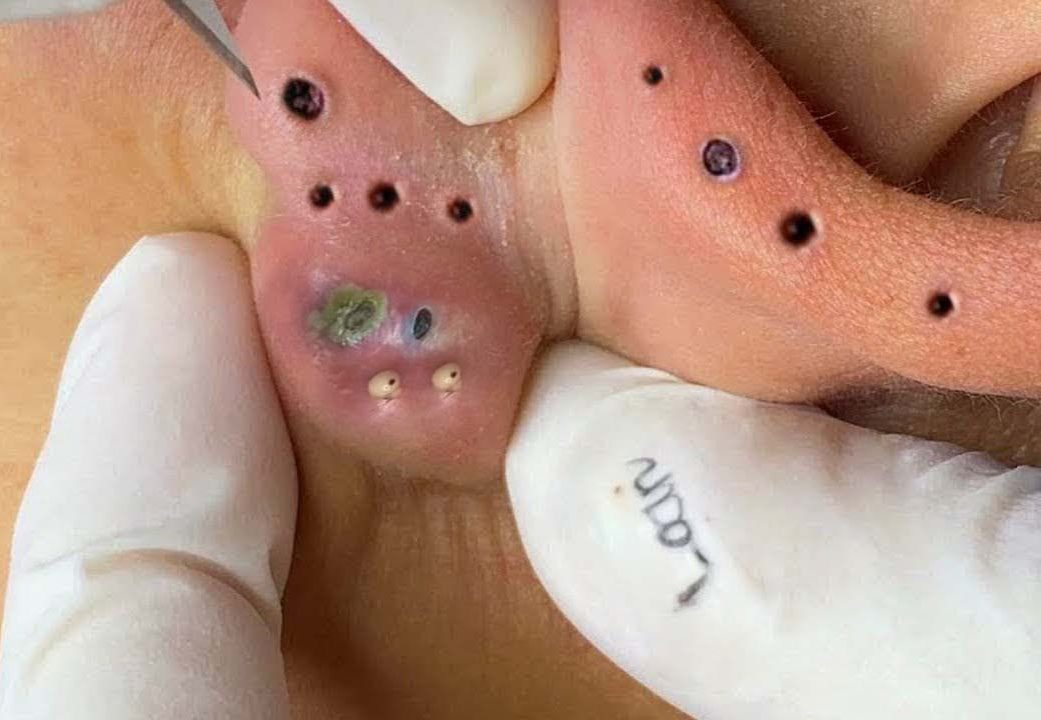1. What to Expect During the Clinic Visit
Medical Evaluation & Preparation:
A dermatologist will examine the chin abscess to confirm it needs treatment—often including imaging or lab tests if deeper infection is suspected
-
Local anesthesia is the most common approach. It numbs the area around the abscess so you’ll feel pressure but not sharp pain
-
You may feel a brief pinch or sting when the numbing injection is administered
2. The Drainage Procedure
-
The doctor will make a small incision over the abscess and drain out the pus
-
They will also clean out the cavity with sterile saline and possibly place a “wick” or gauze to keep it open—this helps the area heal from the inside out
-
In cases of deeper or complicated abscesses, you may need sedation or general anesthesia, though these are rare and typically reserved for more severe cases
3. Duration & Immediate Recovery
-
The procedure usually takes 30 to 60 minutes, including prep and post-care The Kingsley ClinicEmpowHER.
-
Most patients go home the same day after the procedure, especially if done under local anesthesia—and resume light activities shortly afterward ramsayhealth.co.ukGuy’s and St Thomas’ NHS Trustfhft.nhs.ukThe Kingsley Clinic.

5. Aftercare, Healing & Follow-Up
Wound Care:
-
Keep the site clean and dry. Change dressings as directed—typically 1–3 times per day
-
Avoid soaking; showers are okay if the dressing is changed afterward
Pain Management:
-
Over-the-counter pain relief—like ibuprofen (with food) or acetaminophen—is usually sufficient
Antibiotics & Labs:
-
Not always needed—but depending on infection severity or if tissue is cultured, your doctor may prescribe antibiotics
Follow-ups:
-
You may need to return for dressing changes or wick removal
-
Full healing typically occurs within 1–2 weeks, though deeper or complex wounds may take longer



